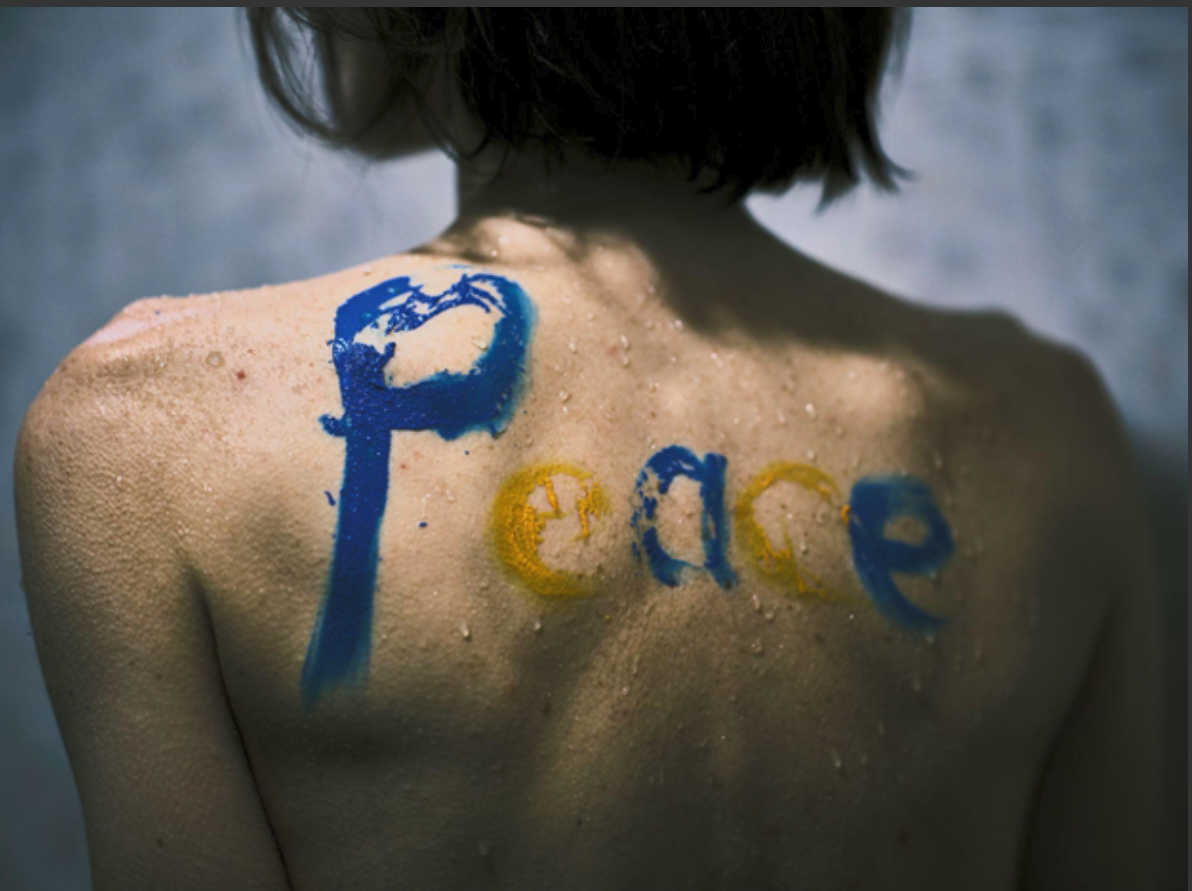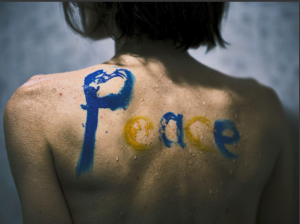Understanding How Trauma Shows Up in Our Lives and What to Do About It
By Dr. Jamie Huysman Founder & ED of STAR Network
Trauma—whether it stems from a single event, ongoing abuse, or repeated stress—affects everyone differently. Its impact can be subtle, slow-building, or profoundly destructive. What’s striking is how the same traumatic event can result in wildly different outcomes across individuals. One person might develop severe anxiety, another might seem unaffected on the surface. But trauma always leaves a mark.
This guide outlines eight common ways trauma shows up in daily life, how it forms, and what to do about it. It’s not just about understanding the symptoms—it’s about taking the next steps toward healing. That’s why attending weekly TAR Anon Support Meetings is highly encouraged for anyone navigating trauma. These meetings provide a space for understanding, connection, and support. For those looking to engage deeper in healing and community, the upcoming annual Scars to STARs Day event on May 16th offers a powerful opportunity for reflection and renewal.
What Is Emotional and Psychological Trauma?
Emotional and psychological trauma results from extremely stressful experiences that overwhelm a person’s ability to cope. It can leave individuals feeling helpless and unsafe in the world. Trauma doesn’t always involve physical harm—it’s the emotional experience that defines it.
People who’ve experienced trauma may feel numb, disconnected, or distrustful. Symptoms might include persistent anxiety, intrusive thoughts, or an inability to manage emotions or relationships. Trauma can take root from:
- One-time events like accidents or attacks
- Ongoing stress such as abuse, illness, or neglect
- Overlooked causes like sudden loss, surgery in early childhood, or emotional cruelty
Even indirect exposure, like watching repeated violent media coverage, can overwhelm the nervous system and cause trauma-related stress. But no matter the cause—or how long ago it happened—healing is possible.
Childhood Experiences That Lead to Trauma
Many traumatic patterns begin in childhood. Some of the most common early-life experiences that result in trauma include:
- Physical, sexual, or emotional abuse
- Neglect or abandonment
- Family or community violence
- Sudden loss of a loved one
- Having a parent with mental illness or substance abuse issues
- Divorce or separation
- Refugee or military-related stress
- Serious illness or accidents
- Witnessing domestic violence
Children exposed to these conditions are more likely to carry trauma responses into adulthood.
What Is Traumatic Stress?
Traumatic stress occurs when people develop lasting symptoms from past trauma. These can include emotional upheaval, depression, anxiety, difficulty with relationships, and even physical symptoms like chronic pain or fatigue. Survivors may experience nightmares, flashbacks, and a sense of constant threat.
Common coping mechanisms include substance use, risky behavior, or emotional withdrawal. These are attempts to manage the overwhelming internal chaos trauma creates.
Without support, traumatic stress can reshape the nervous system and lead to lifelong challenges. Professional help, peer support, and community-based healing spaces are essential.
How Trauma Manifests: 8 Common Patterns
- Trauma Reaction (PTSD) and CPTSD
Flashbacks, nightmares, and high emotional reactivity are signs of unresolved trauma. These reactions make survivors feel as if they’re reliving the trauma even when the danger is long gone. - Trauma Pleasure
Some individuals seek out danger, risk, or shame because their brains have become wired to associate intense stimulation with emotional relief. This might show up as high-risk behavior or addiction to chaotic situations. - Trauma Blocking
To avoid painful feelings, trauma survivors often numb out using substances or binge-watching TV. - Trauma Splitting
This includes dissociation—mentally checking out during stressful situations or even forgetting aspects of the trauma. Some survivors develop alternate personas or identities to cope. - Trauma Abstinence
Some individuals deny themselves comfort or pleasure due to deep-seated beliefs of unworthiness. They might skip meals, avoid medical care, or sabotage opportunities. - Trauma Shame
Shame-based trauma makes people feel deeply flawed. To compensate, they often set impossibly high standards or isolate themselves to avoid rejection. - Trauma Repetition
Survivors often unconsciously recreate the trauma by entering similar relationships or situations. This repetition is an attempt to “redo” the trauma in hopes of resolving it, but usually only deepens the pain. - Trauma Bond
In trauma bonds, people form intense, unhealthy attachments to their abusers. They may try to fix or excuse abusive behavior, blaming themselves in the process.
Moving Toward Healing
Healing from trauma starts with awareness. Understanding these patterns is the first step in breaking them. But healing doesn’t happen alone. Community support, professional guidance, and compassionate spaces are key.
TAR Anon Support Meetings offer a safe environment to talk about trauma, understand behavioral patterns, and connect with others on the path to recovery. These meetings can be life-changing for those ready to face their trauma with support.
And don’t miss the Scars to STARs Day, a transformative gathering focused on healing, resilience, and reclaiming your story. It’s more than an event—it’s a movement toward growth, empowerment, and connection.
Scars to STARs Day (STARs Day) is STAR Network’s annual global event for Mental Health Awareness Month.
Our 2025 Keynote, the Hon. Patrick J. Kennedy II reminds us that our STARs – Survivors of Toxic Abusive Relationships, and all Mental Health Communities are emblematic of Profiles in Mental Health Courage.
The vital focus of trauma-informed recovery in the areas of attachment disorders & narcissistic abuse this month inspires all to find the courage to Transform Pain into Purpose. Mr. Kennedy joins our International STAR Ambassador Richard Grannon and a host of powerful leaders and influencers to inspire all men, women, teens & tweens, and workers/managers worldwide.
There’s no one-size-fits-all response to trauma. But there is a way forward. Whether someone has just begun to understand the impact of trauma or has been in the healing process for years, support meetings like TAR Anon and this incredible event — STARs Day can make all the difference. Don’t stay silent. Show up. Heal together. Save your spot and register here today.








